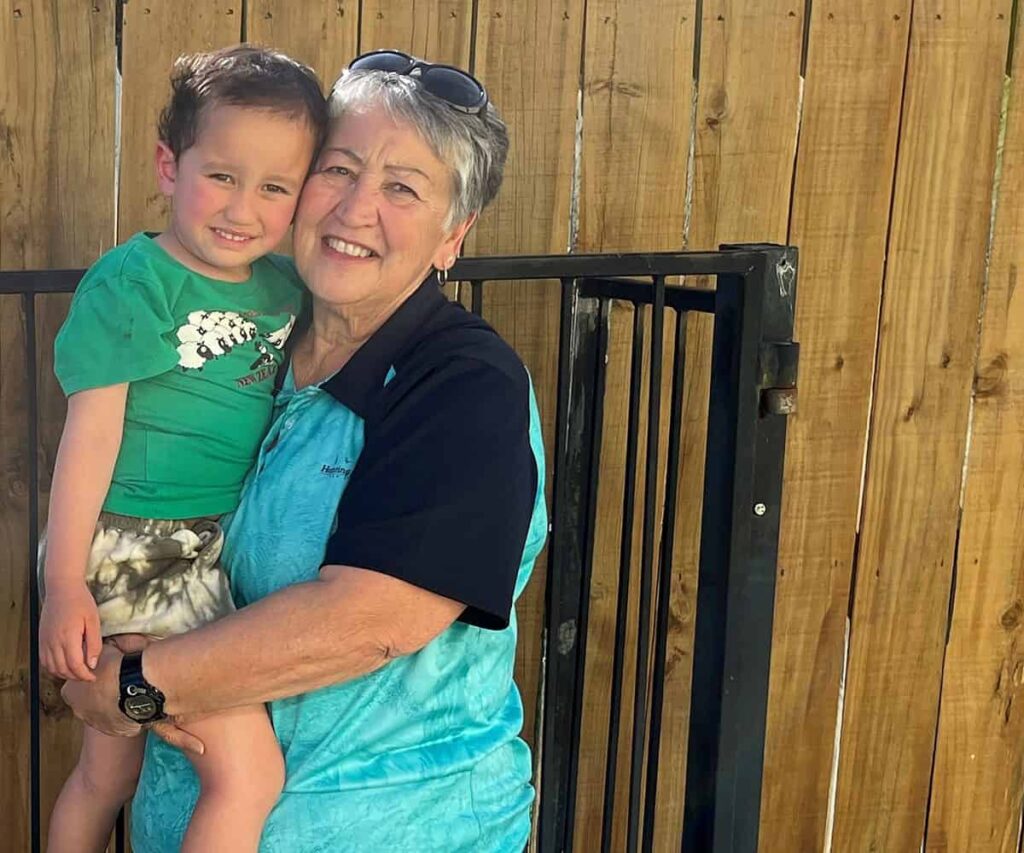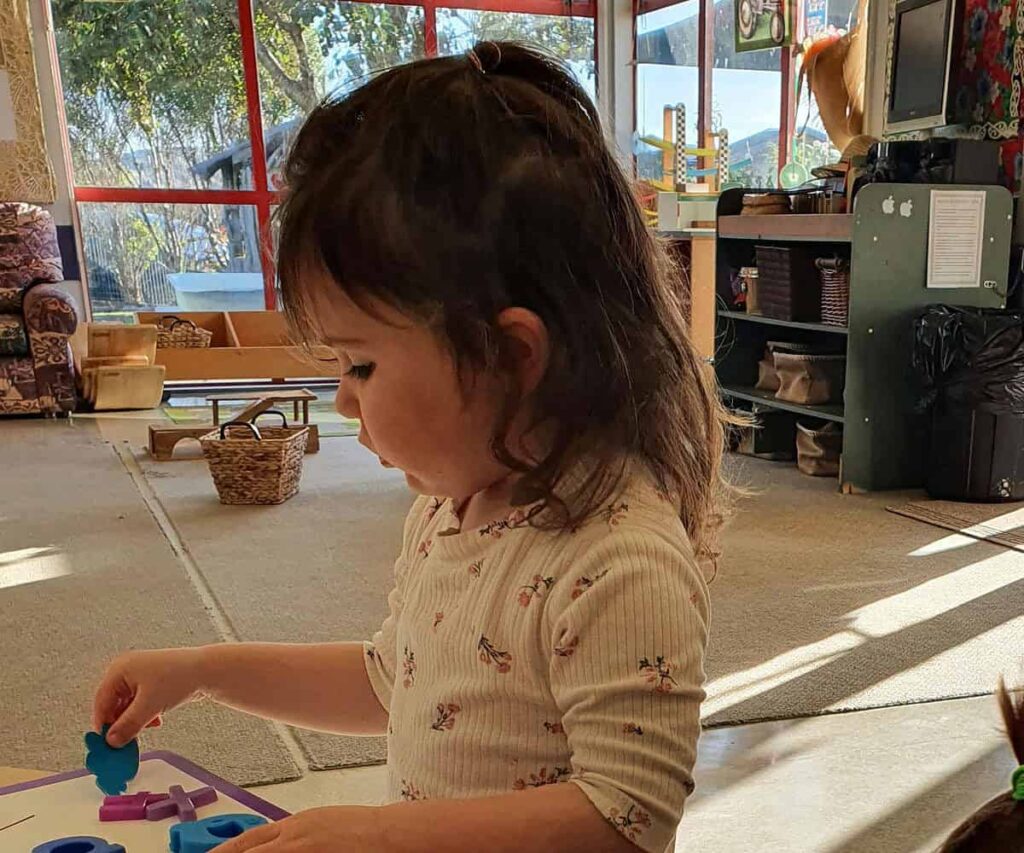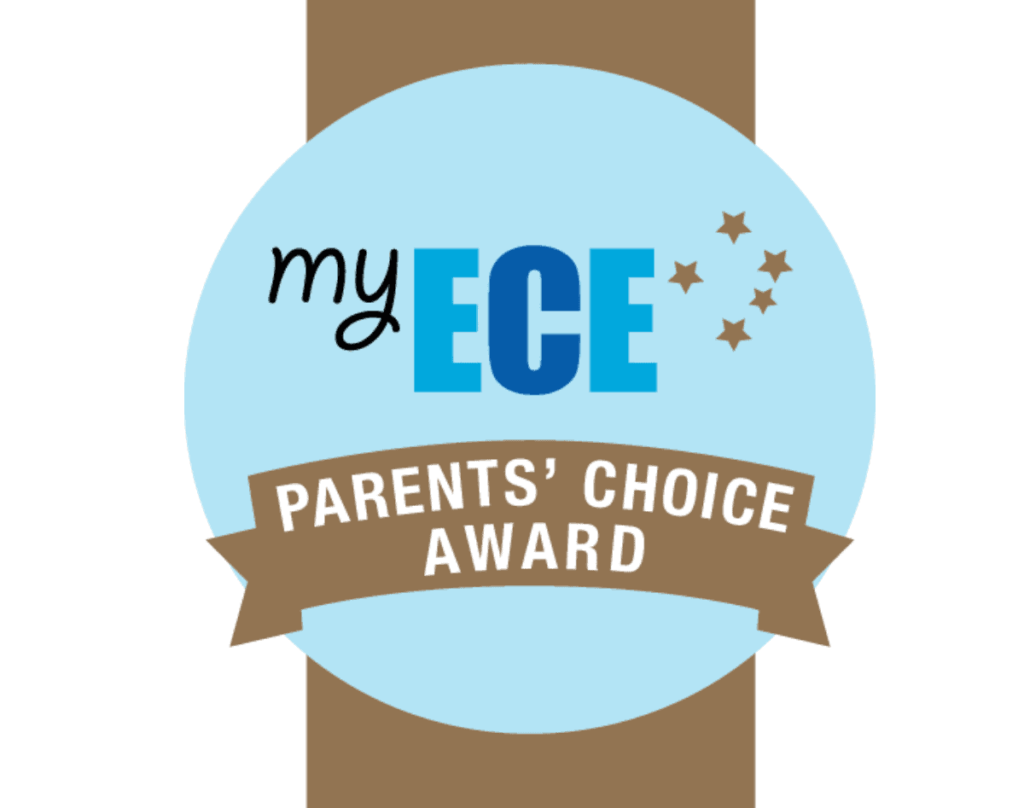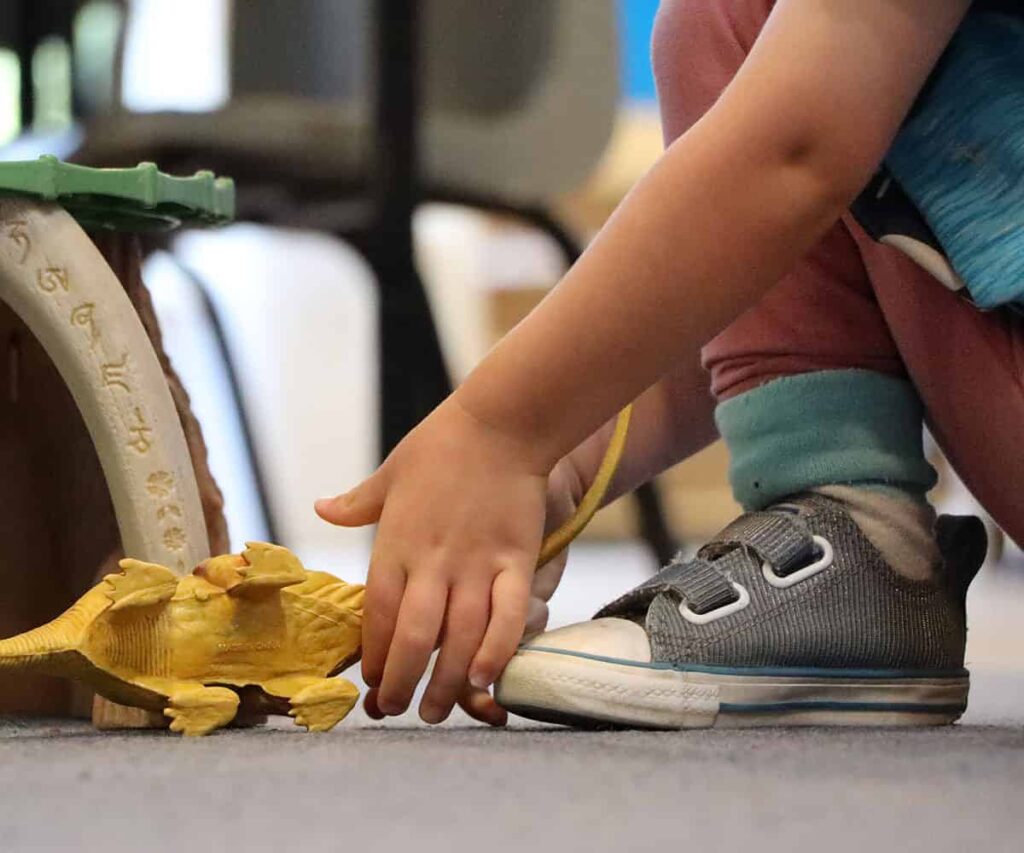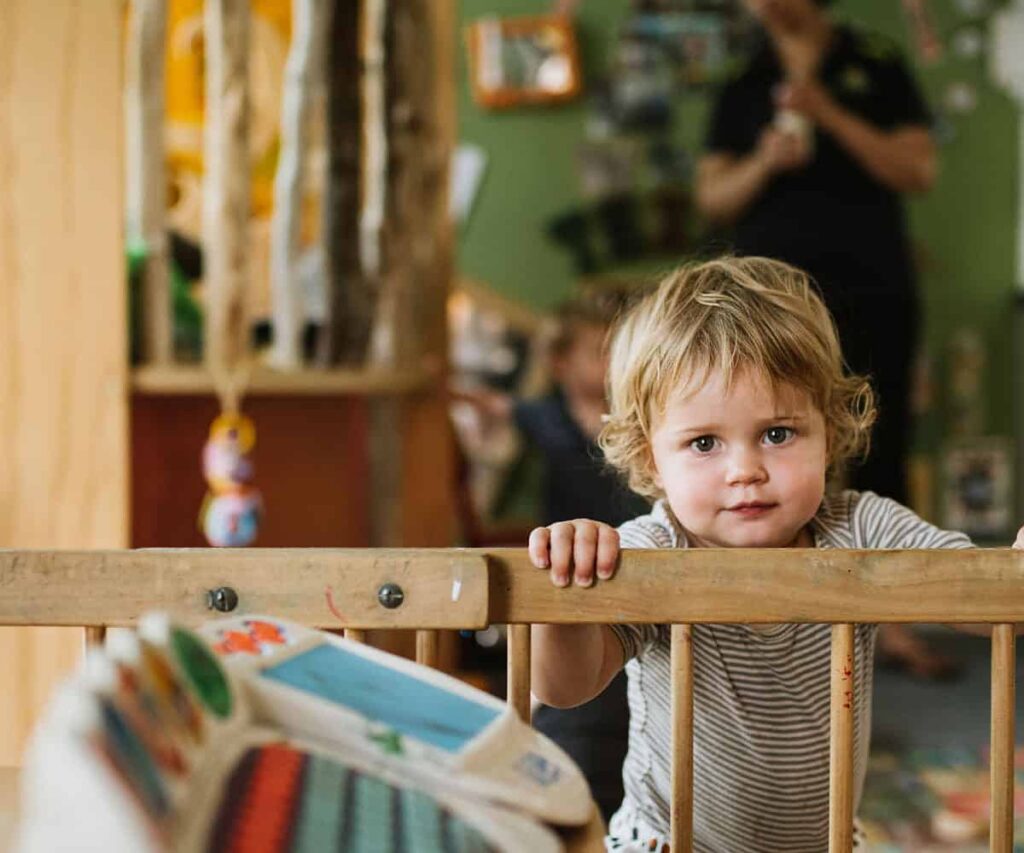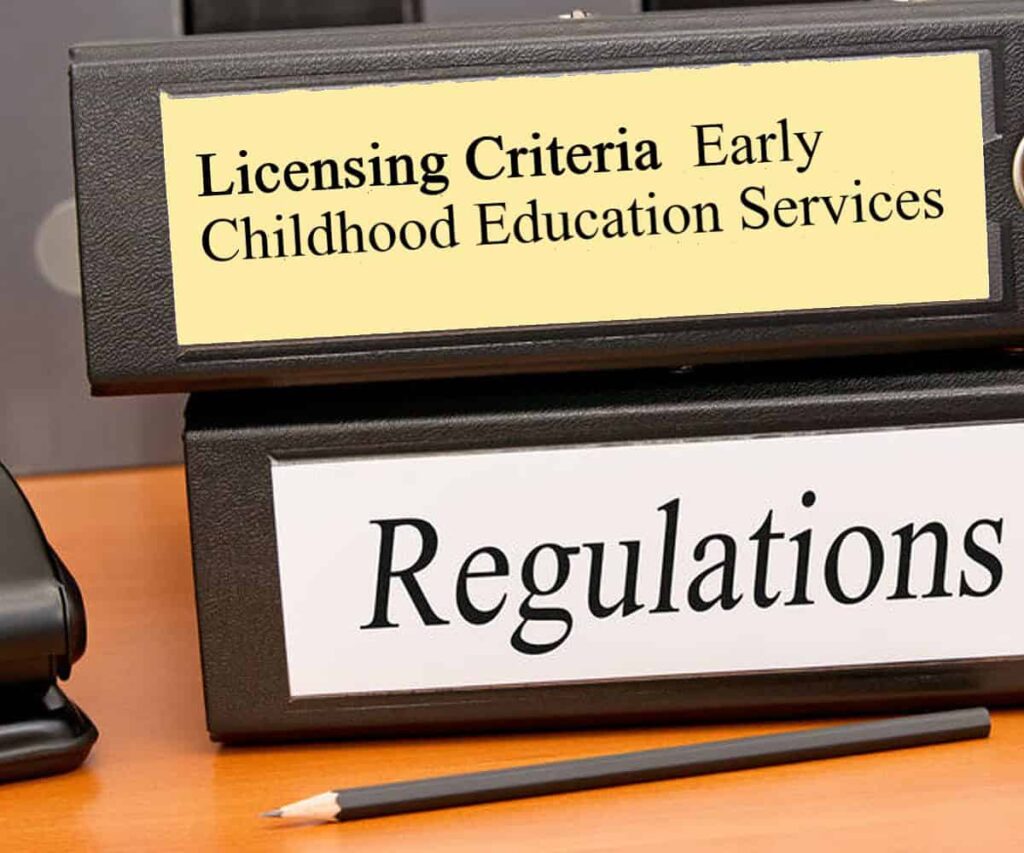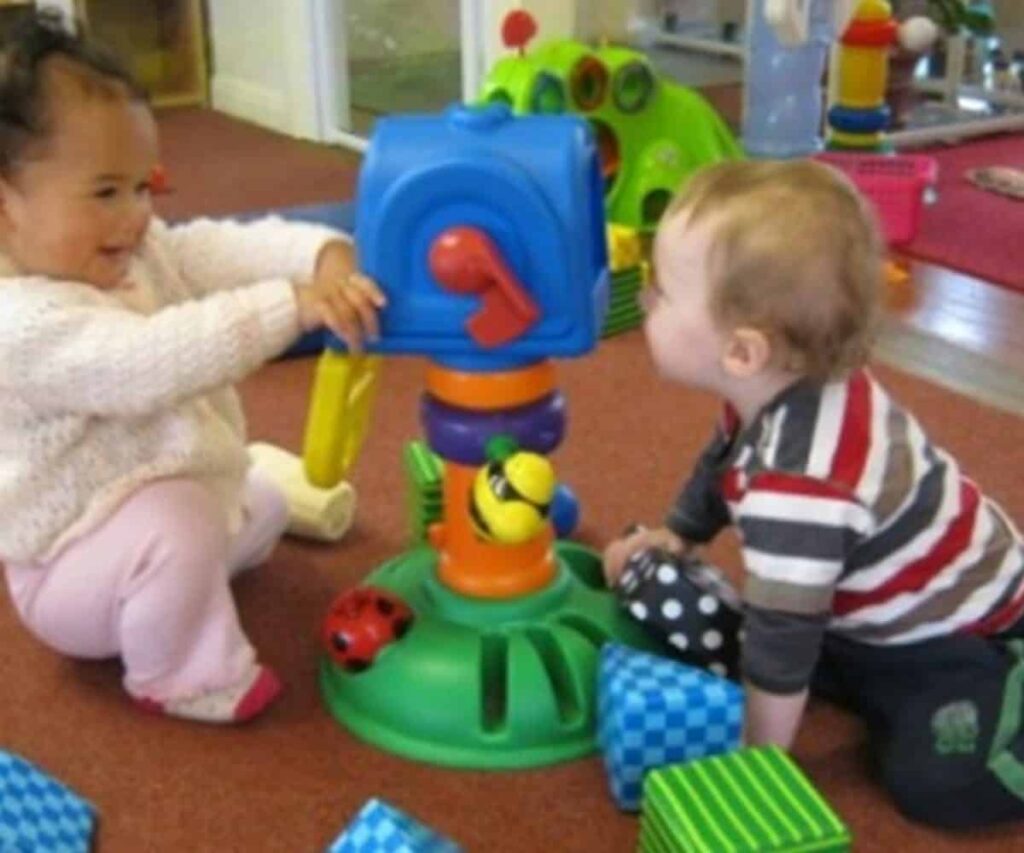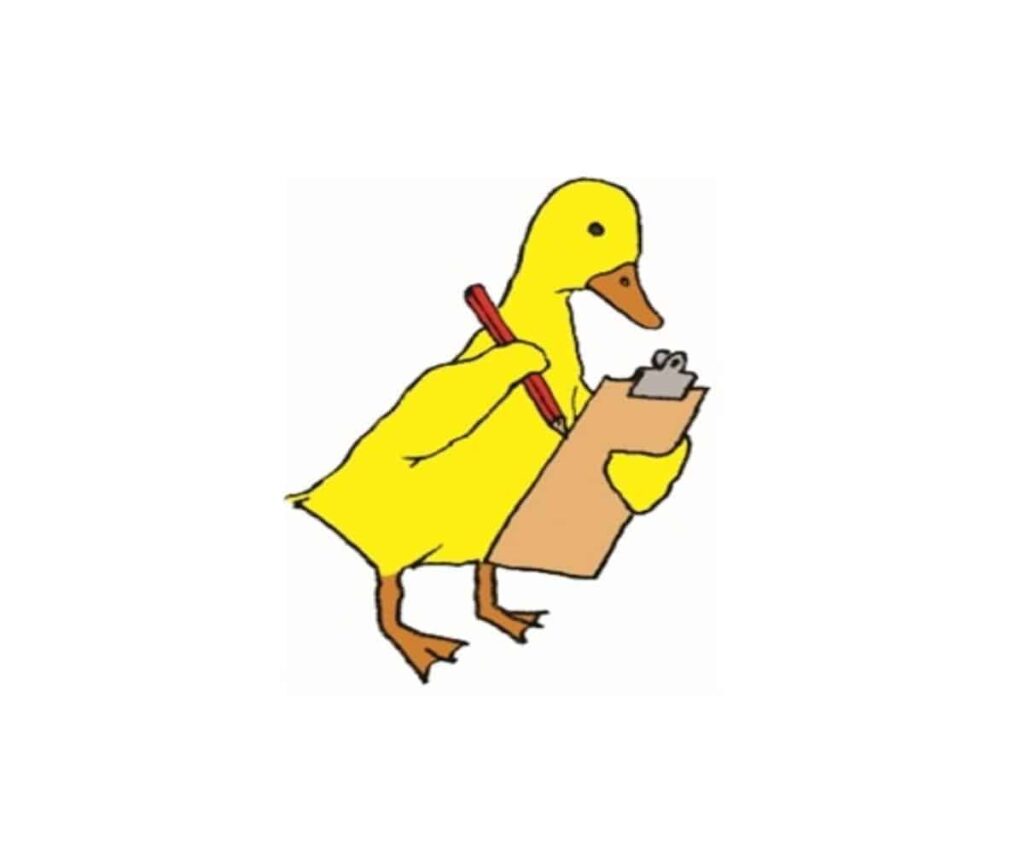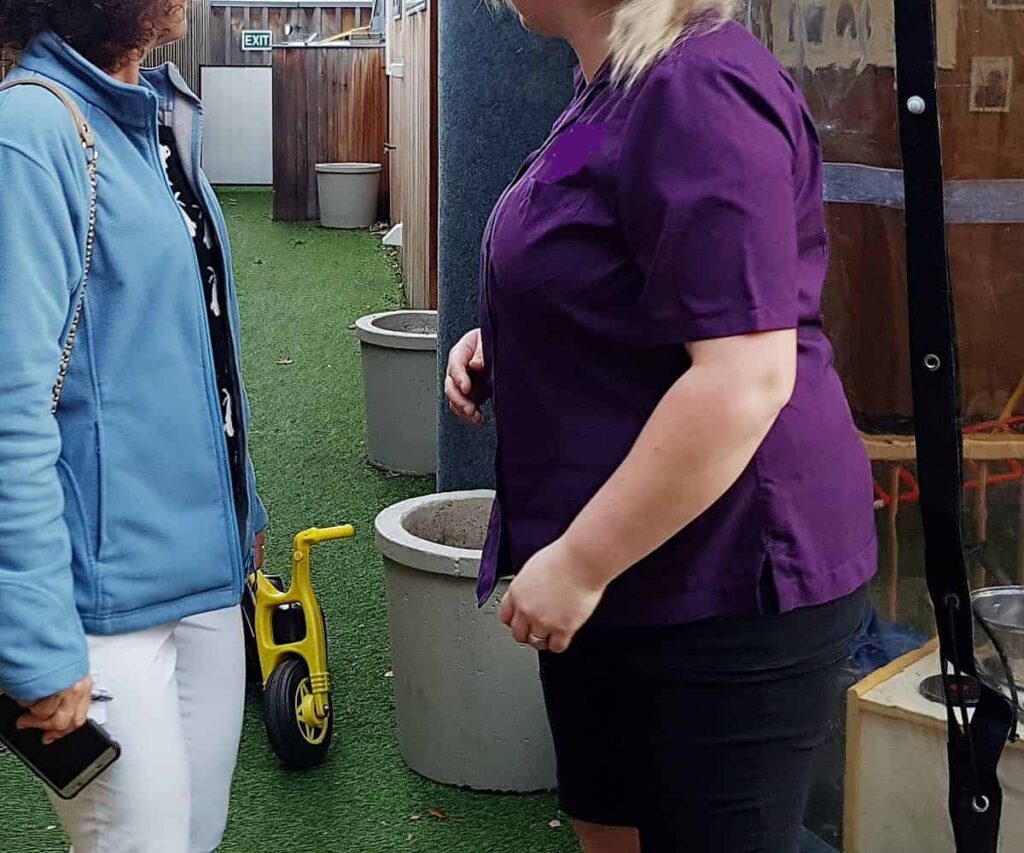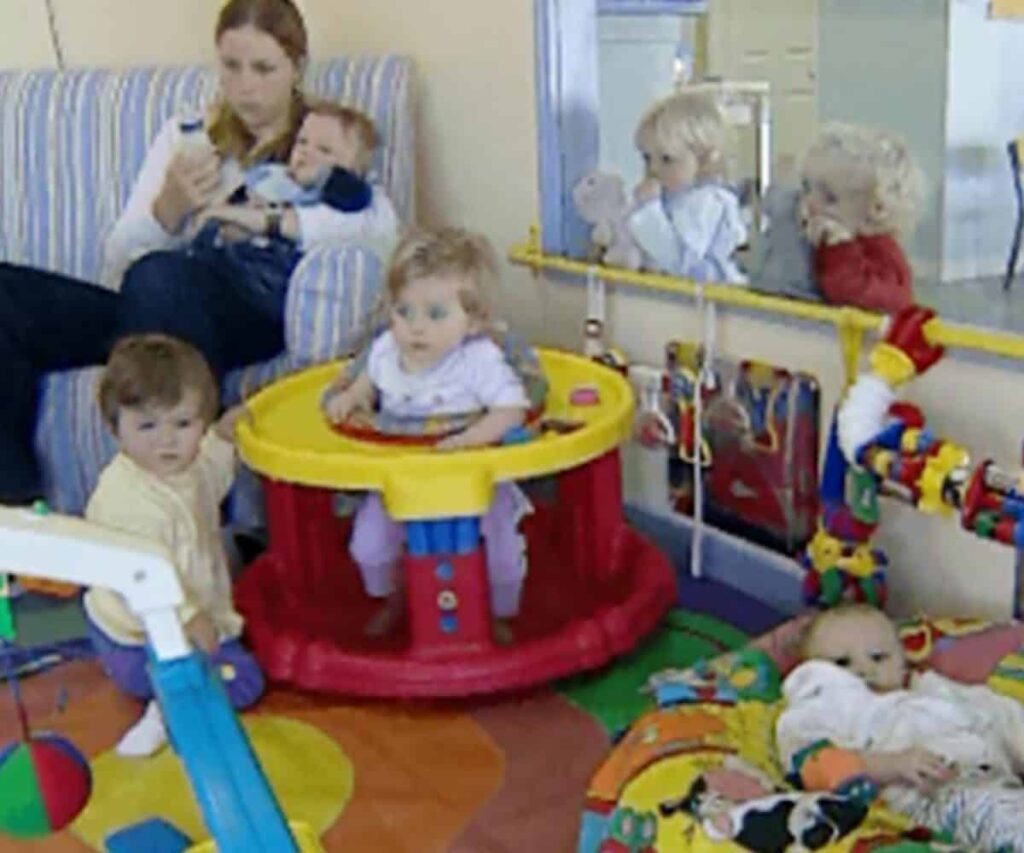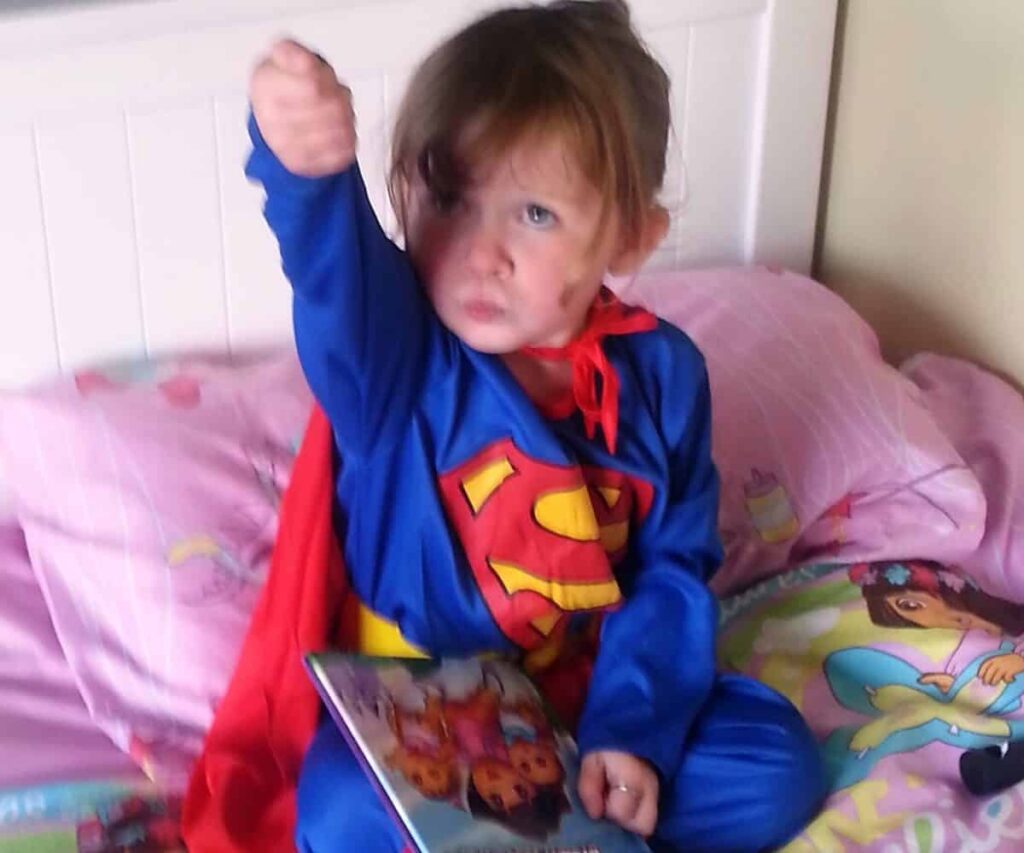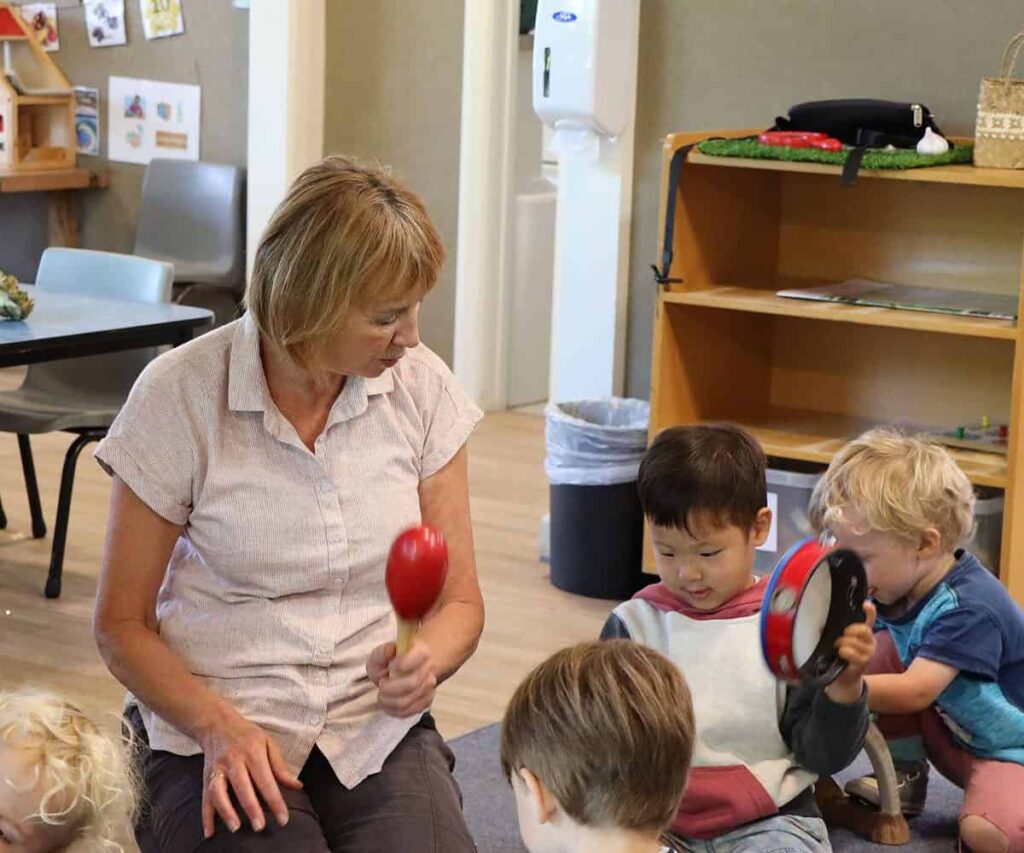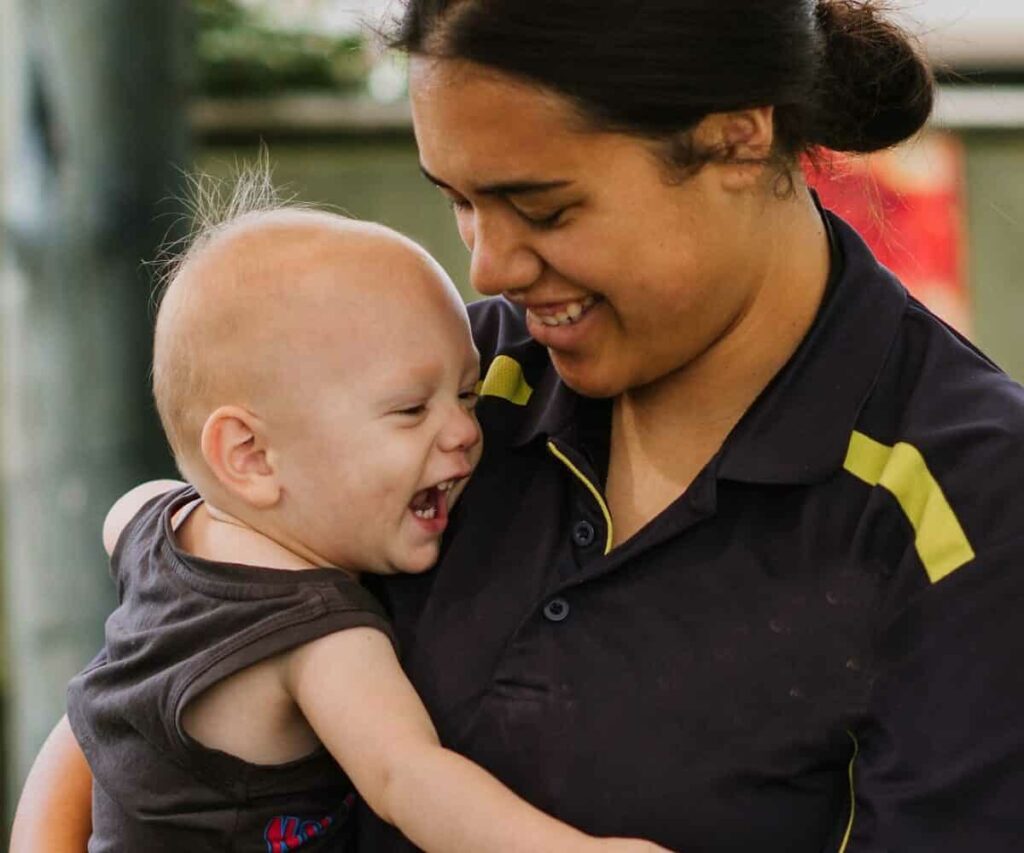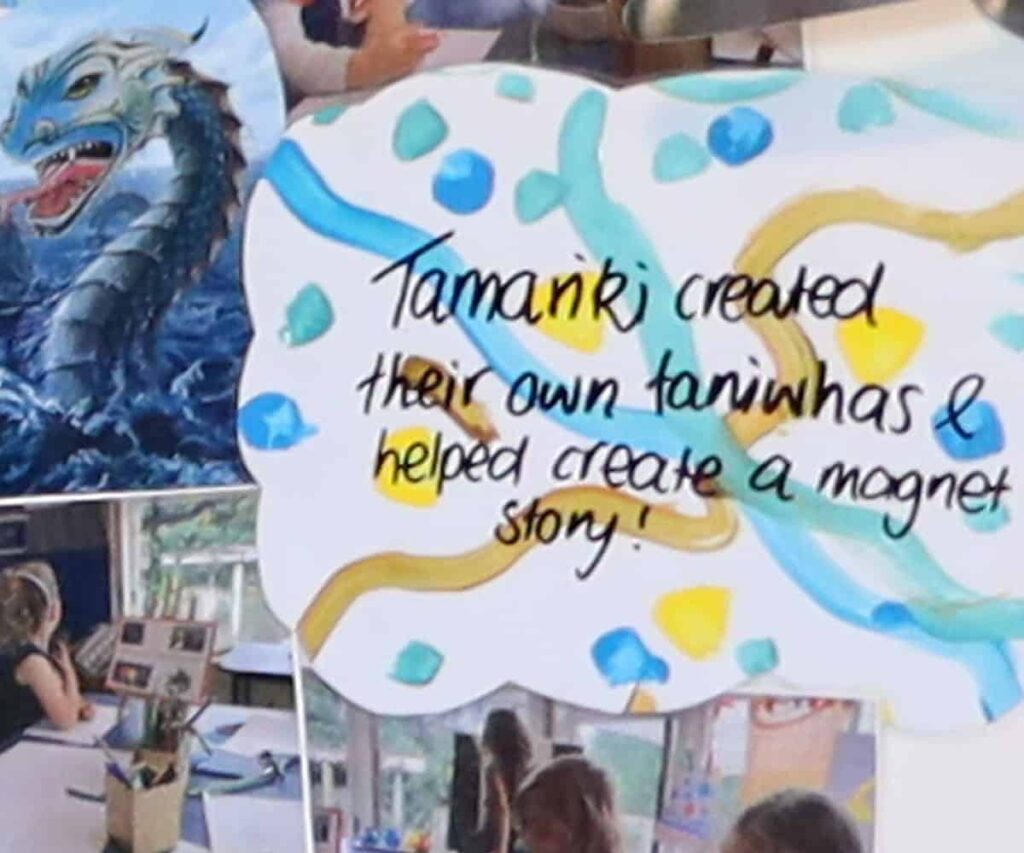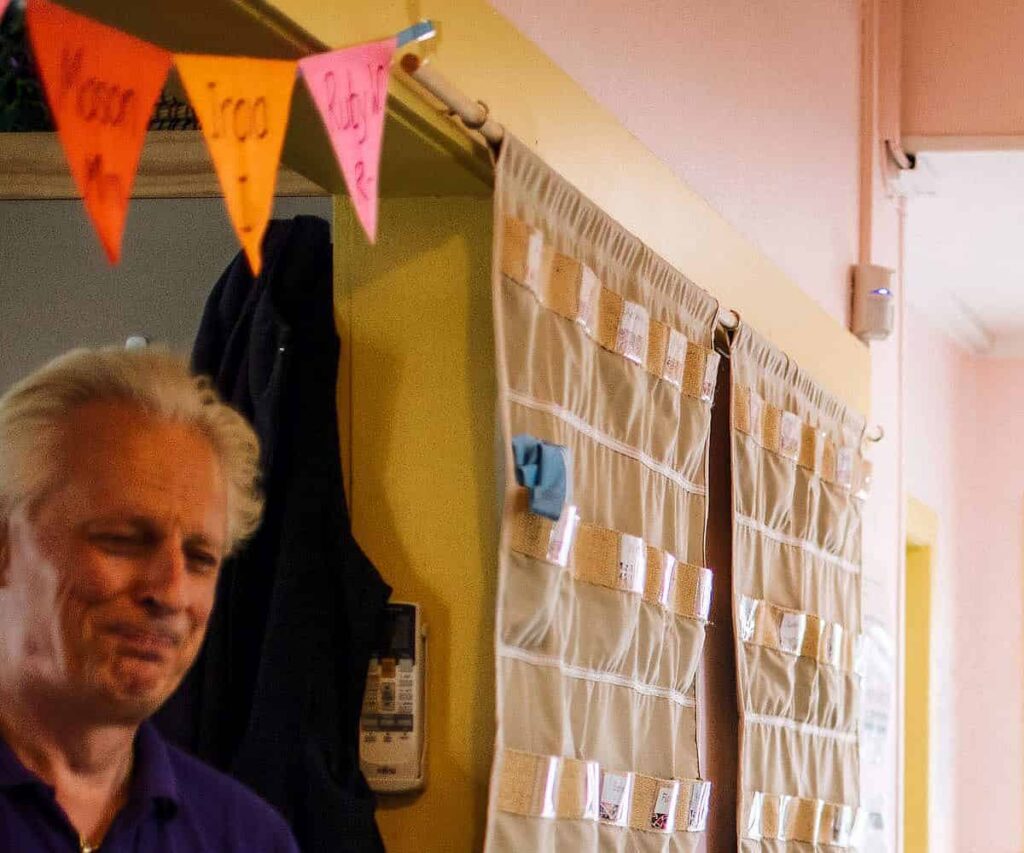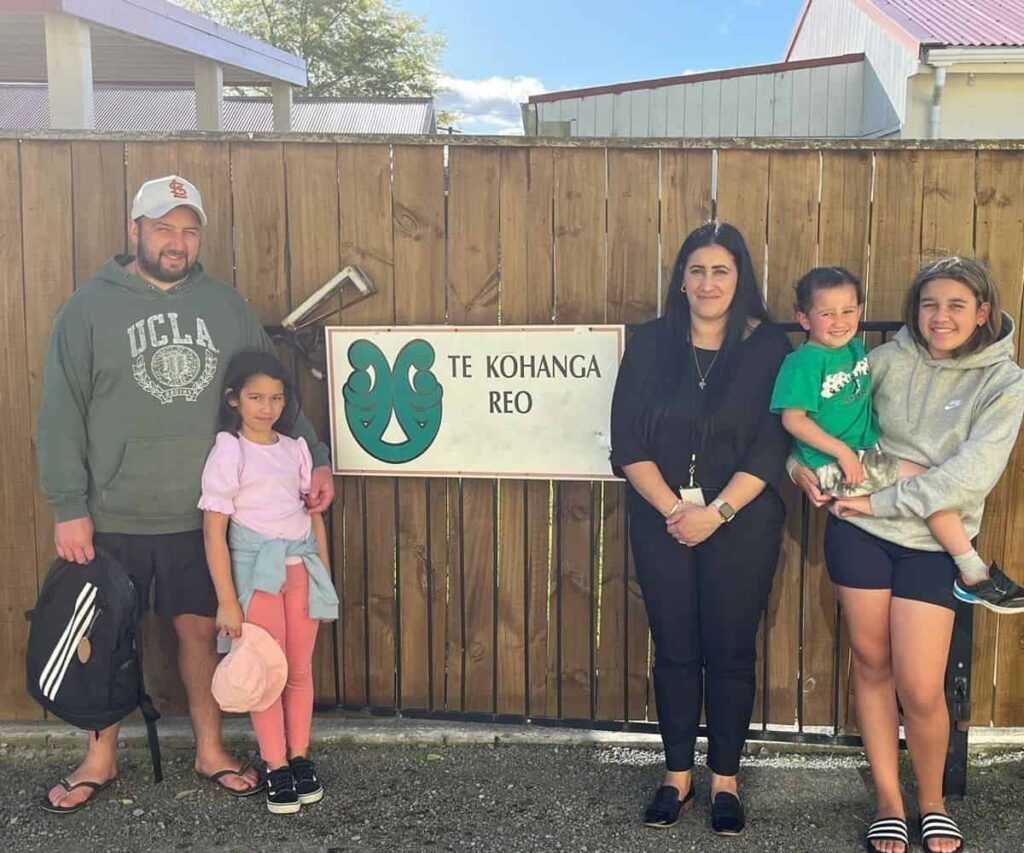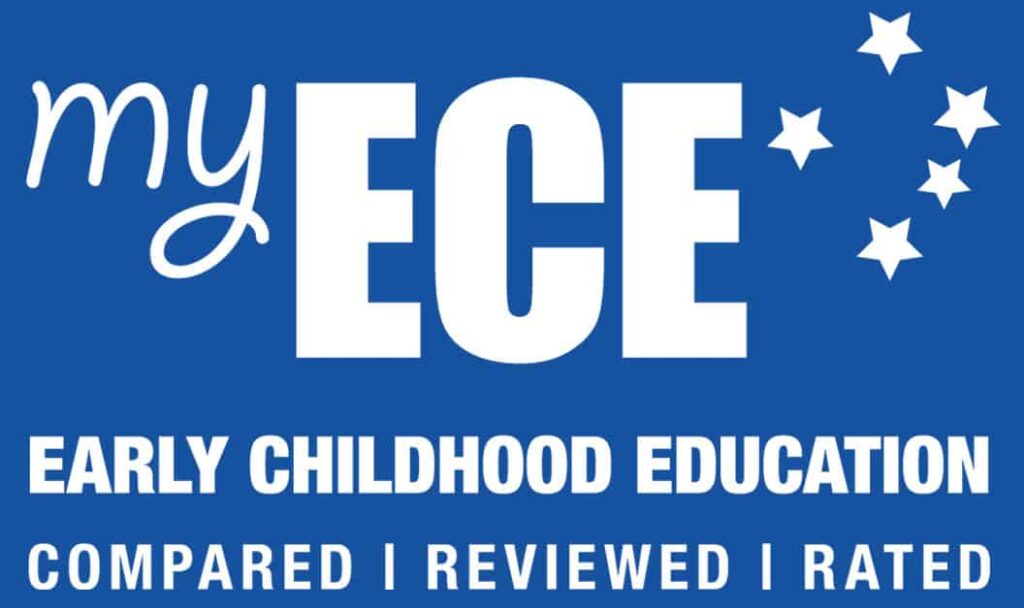Safety checking is required of core children’s workers. Core children’s workers are every person who has or may have access to children as part of their work (paid or unpaid), namely: service providers, service owners, managers, teaching staff and relief teachers, staff who have regular contact with children, (e.g. administrator, cook, van driver ), co-ordinators and educators in home-based services, students on teaching practice, staff employed by other organisations to work at the service (e.g. early intervention teacher).
It is an offence to employ staff or bring in a new worker without first completing a full safety on the person in accordance with the Children’s Act 2014. The fine to the early childhood service of failing to do this is up to $10,000 upon conviction.
Police vet
A police vet is required of every person who:
- Is appointed or is going to be appointed to work in a paid or unpaid position that involves contact with children. A police vet must be obtained before the person starts work.
- Is a contractor, or the employee of a contractor, who has or could have unsupervised access to children at the centre. The police vet must be obtained before the person starts. If a vet is not obtained, then the person must be supervised at all times by a teacher who holds a NZ Teaching Council practising certificate or another employee who has a current satisfactory police vet.
- Is aged 17 years or above who lives in a home where home-based education and care is being provided. If the adult lives in a home that becomes licensed for home-based education, a police vet must be obtained before the service begins to operate. If the adult moves to a home that is already being used for home-based education a police vet must be obtained before they move in. Police vets are required even if the person is unlikely to be present when the home-based service is operating.
Note that teachers who hold a practising certificate are police checked as part of the teacher registration process with the Teaching Council, so this is something that services are not required to do for these staff.
Every three years a further police vet must be conducted on the person.
Safety checking
The record of each person’s safety check must show:
- their full name
- their role at the service
- the date they started in that role
- whether they hold a current practising certificate, and its expiry date
- for their initial safety check
- how their identity was first confirmed
- that membership of any relevant professional organisation or licensing/registration authority was checked
- that a NZ Police vet was obtained
- that a risk assessment was undertaken
- the date each of these safety check components were completed.
And if starting after 1 July 2015 then the record must also include:
- their previous 5 years of work history was obtained (and date)
- that an interview was conducted (and date)
- that at least one referee was contacted, and relevant information obtained (and date).
For all children’s workers, records must show that within (not after) every 3 years:
- a check is made to see if their name has changed, and if so, obtain the required documentation.
- that membership of any relevant professional organisation (Teaching Council) or licensing/registration authority is checked.
- a NZ Police vet is obtained.
- a risk assessment is undertaken
- the date each of these safety check components were completed.
Written procedure for safety checking
Every service is required to have a written procedure for safety checking children’s workers. The Ministry of Education recommends that this includes:
- the purpose of safety checking
- the definition of “children’s worker” and how this is applied to determine who to safety check
- detail on each of the safety check components for existing children’s workers and how these are completed
- detail on each of the safety check components for new children’s workers and how these are completed
- detail on each of the within 3-yearly re-check components and how these are completed
- detail on how the risk assessment is undertaken, and what action is taken when risk is identified (this guidance can support you in writing this)
- information about the workforce restriction and how this is/would be met
- information on where to seek advice, if needed
- evidence that the procedure is regularly reviewed
Power to inspect the service’s records
The Ministry of Education, the Ministry of Social Development, the Ministry of Health, the Ministry of Justice or Oranga Tamariki, have the power to request to review the safety check records held by the service.
Failing to meet minimum standards
The Ministry of Education needs to know:
- If you are concerned children’s needs are not being met.
- If you are concerned a service is not meeting a minimum legal requirement.
READ MORE: How to make a complaint and your options.
CAUTION: This page and the information here is provided as part of the My ECE Guide to Regulations and Licensing Criteria for Early Childhood Education Services (The Guide). The Guide does not purport to be a full and accurate interpretation of all statutory provisions relating to early childhood education services. While best efforts have been used in preparing this guide, no representations or warranties of any kind are made and My ECE assumes no liabilities of any kind with respect to the accuracy or completeness of the content. Please note that the Government and Ministry of Education may change, update, or alter any of the requirements at any time. Please help to keep the information on this page up to date by letting us know of changes that need to be made.
Thank you! Kia pai te rā
Reference:
Safety Checking and Police Vetting of Teachers, Contractors, and Other Adults. Published in the My ECE Guide to Regulations and Licensing Criteria for Early Childhood Education Services, prepared by Dr Sarah Alexander and Warwick Marshall.
Last reviewed: 20 November 2022
